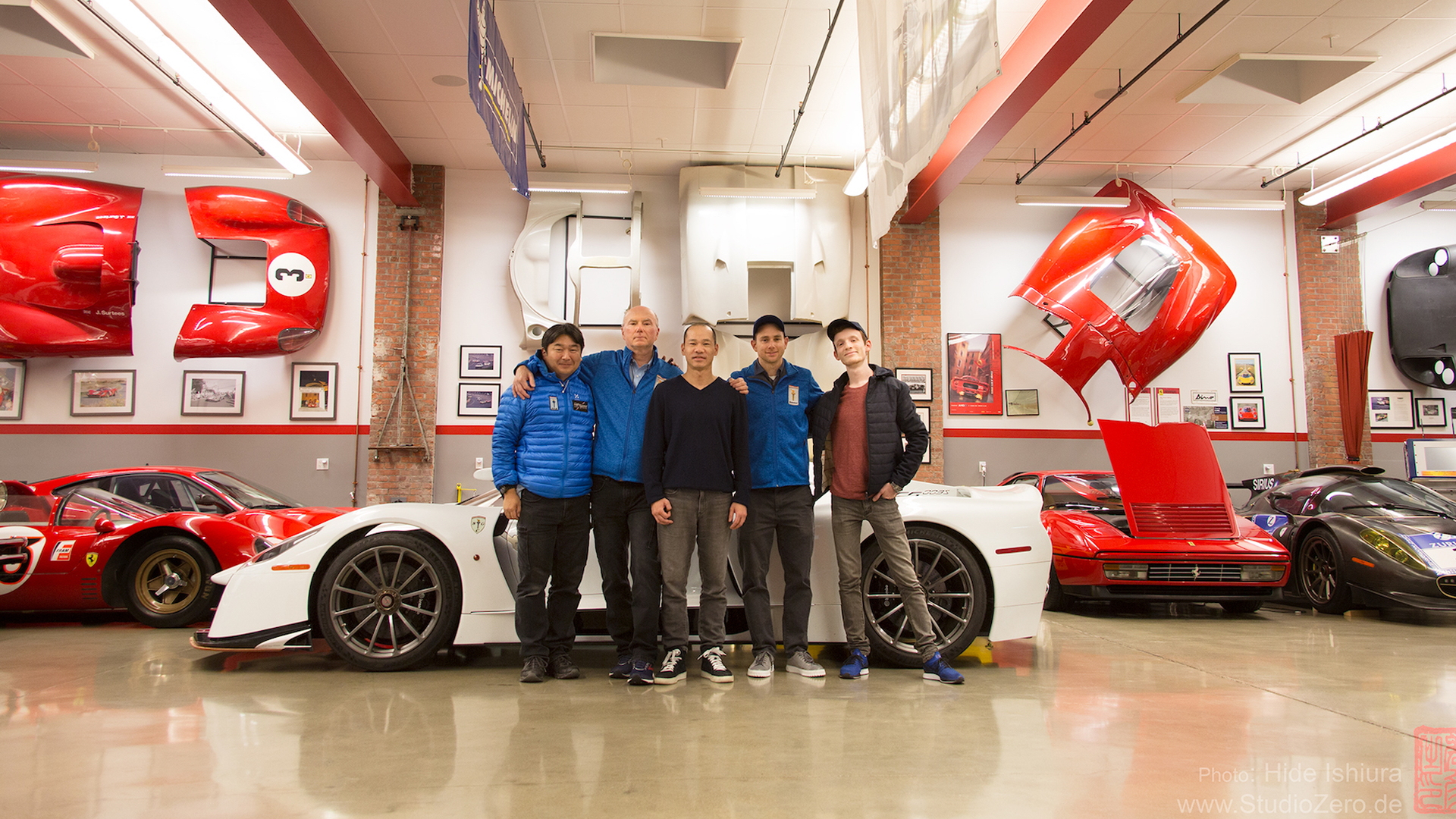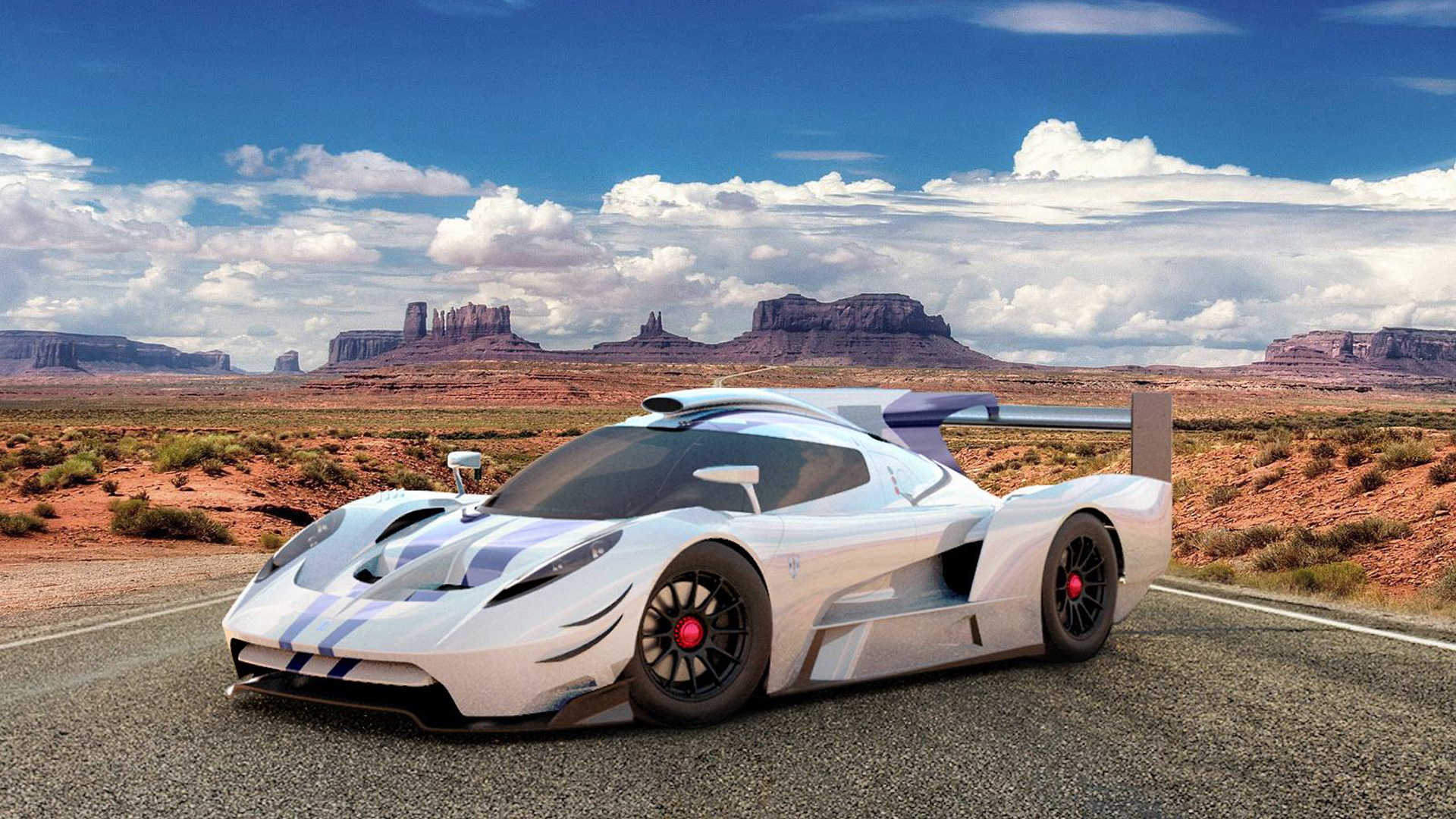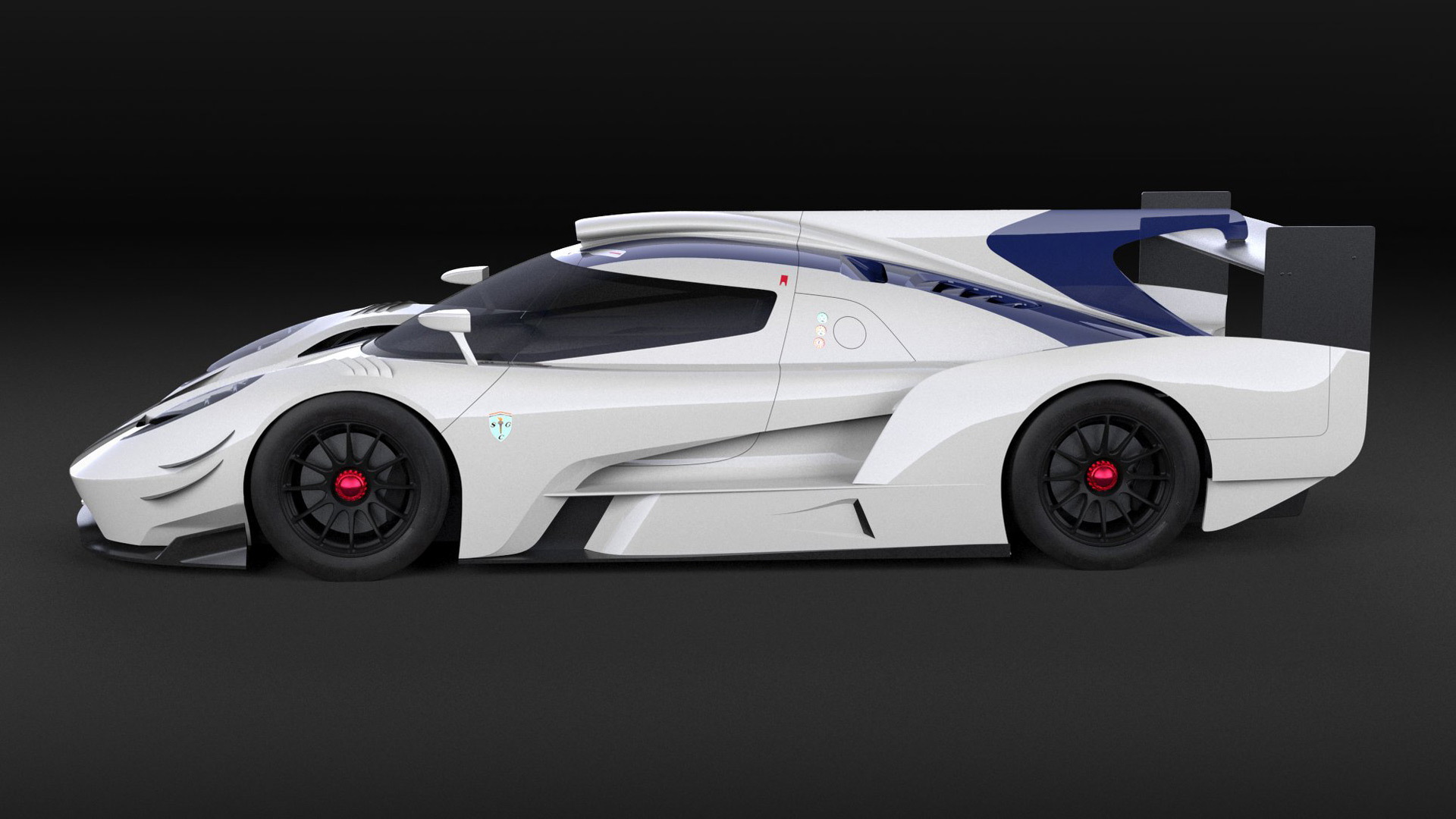Scuderia Cameron Glickenhaus is a Sleepy Hollow, New York-based boutique car constructor that has either lofty aspirations or delusions of grandeur, depending on your perspective. That’s because this one-time race team has graduated to designing and building its own cars and now aims to build, race, and sell a hypercar that can contend to win the 24 Hours of Le Mans.
The shop’s name is derived from that of founder James Cameron Glickenhaus, a Ferrari-loving sports car racer who is determined to wave the Stars and Stripes with American designed-and-built supercars.
ALSO SEE: Scuderia Cameron Glickenhaus first to sign on for WEC's new hypercar class
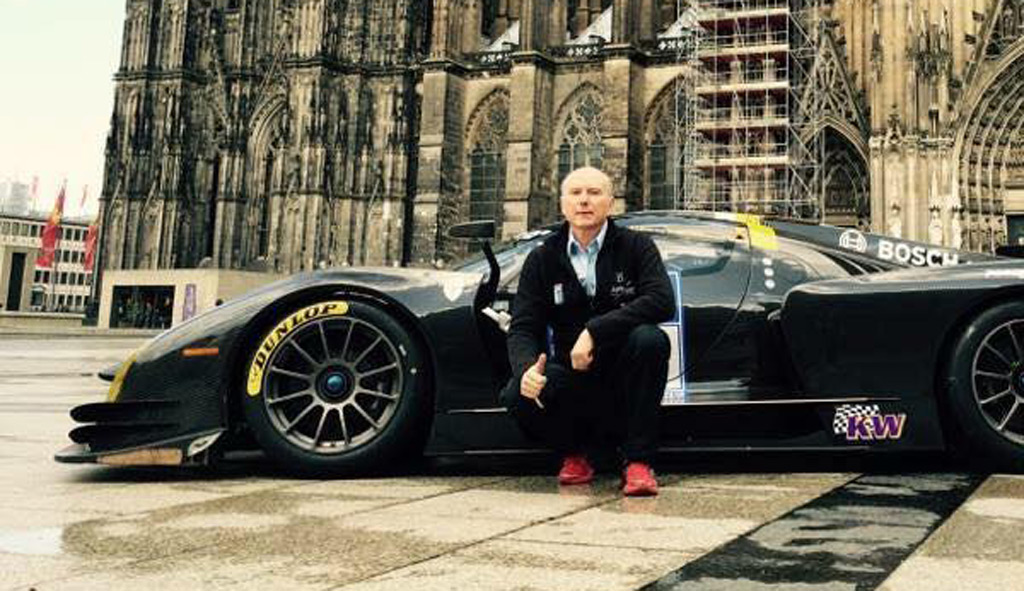
James Glickenhaus - Image via Scuderia Cameron Glickenhaus Facebook page
Glickenhaus has a history of notable achievements which includes building a street-legal sports car that also qualified on pole for the 24 Hours of Nürburgring race and completing work on the 1970 Ferrari Modulo concept car by Pininfarina—a splinter of a car from a future that never was—to make it drivable.
The boutique firm plans to go off-road, too, with its production re-creation of Steve McQueen’s Baja Boot off-road race truck. The truck, which will also be both competitive as a racer and legal for the street, is in the works now and is expected to be ready for sale by the 2019 Baja 1000 next November.

Scuderia Cameron Glickenhaus Baja Boot illustration

Scuderia Cameron Glickenhaus Baja Boot illustration

Scuderia Cameron Glickenhaus Baja Boot illustration
Glickenhaus already builds and races the $2.5 million SCG003 that in road-car guise uses a 700-horsepower BMW 4.4-liter twin-turbo V-8. Significantly, this is the car that won pole in race trim at the Nürburgring and the street version is U.S.-legal for sale everywhere but California.
In developing that car for the track, Glickenhaus worked within the rules for the GT3 category of production-based racers, but was able to nearly achieve aerodynamic performance of higher-level racers, reports managing director Jesse Glickenhaus.

James Glickenhaus (left) and the Ferrari Modulo concept

Scuderia Cameron Glickenhaus 003

Scuderia Cameron Glickenhaus SCG003C at the Nürburgring

Glickenhaus SCG003C at the 2017 24 Hours of Nürburgring
“With the 003, we were able to create a car with aerodynamic efficiency close to that of an LMP2 car (with a 4:1 downforce-to-drag ratio), but that met the GT3 rules,” Glickenhaus explained. “That took very careful study and engineering, where we iterated surfaces by one or two degrees and several millimeters and then re-ran computational fluid dynamics models.”
The company also has a retro-flavored SCG006 planned for 2019 or 2020.
CHECK OUT: SCG reveals 007 hypercar bound for 24 Hours of Le Mans

Scuderia Cameron Glickenhaus 007
King slayer
The SCG007 hybrid-electric hypercar is the company’s latest and most ambitious project. It will be built according to the FIA’s rules for a new top category for Le Mans that will replace the current LMP1 class that has become so unsustainably expensive that Toyota was the only manufacturer to participate in this year’s race. The new class is referred to as Hypercar now, but it is yet to be officially named.
For the 2020/2021 season of the World Endurance Championship, which includes Le Mans, the FIA envisions running racing versions of the coming class of hybrid-electric hypercars such as the McLaren Speedtail, Mercedes-AMG One, and Aston Martin Valkyrie. These cars will cost millions of dollars and each will put more than a 1,000 horsepower to the road.
Upon seeing plans for the new racing category, Scuderia Cameron Glickenhaus said, “Deal us in.” Indeed, the company says it secured a $25 million sponsor for the racing program, even before the FIA’s rules for the class were finalized on Dec. 5.
Prior to final approval of the rules, Glickenhaus worked from 100 pages of draft rules issued in June to get the SCG007 as close to final specifications as possible.
“We are really studying these rules carefully, just as we did with the GT3 rules to create the 003,” Glickenhaus said before the rules were published. “I have read them through and our engineering team are studying them in detail," he said now that they are known.
It's too early to know if those final rules will help determine the displacement and supplier of the internal combustion engine that will serve as the foundation of the SCG007’s powertrain. The company will need to merge a hybrid-electric system to the internal combustion engine, which it is in the process of selecting now.
“We are studying lots of possibilities and have interest from a major U.S. manufacturer with a long history of race engines,” Glickenhaus said.
READ: Scuderia Cameron Glickenhaus 004 revealed with 650 HP, $400K price tag
So the BMW-based engine in the SC003 isn’t necessarily a favorite to win the job. Regardless of the supplier, Glickenhaus noted that the supplier will really only contribute the basic block and little more.
“We completely change virtually everything else to make it stronger, more durable and to add in all the lessons we have learned in our thousands of miles and hundreds of hours of endurance racing,” he said.
“Taking the work we have learned from the 003, if we take the same basic concept, cut several hundred pounds, add a hybrid and substantial additional aerodynamic development and CFD development, we can move the efficiency from an LMP2 to that of the new hypercar LMP1 rules.”
Current Formula 1 hybrid-electric drivetrains get about 700 horsepower from their internal combustion engines and about 300 horsepower from their electric motors, demonstrating one recipe for 1,000-plus horsepower hybrid electric racing power units. Final performance isn’t yet known, but Aston Martin has announced that its Valkyrie road car will be approximately as quick as one of the outgoing LMP1 prototype race cars.
For its part, the company seems confident the SCG007 will be ready to race when the green flag drops on the new class.
"The car will be ready based on the timeline set forth in the rules so that is testing well before the first race,” said Glickenhaus.
And what will make it competitive?
“I already have a few strategies based on my reading of the rules today, but those I'm keeping to our team," he said.
ALSO SEE: Scuderia Cameron Glickenhaus picks Connecticut for new plant
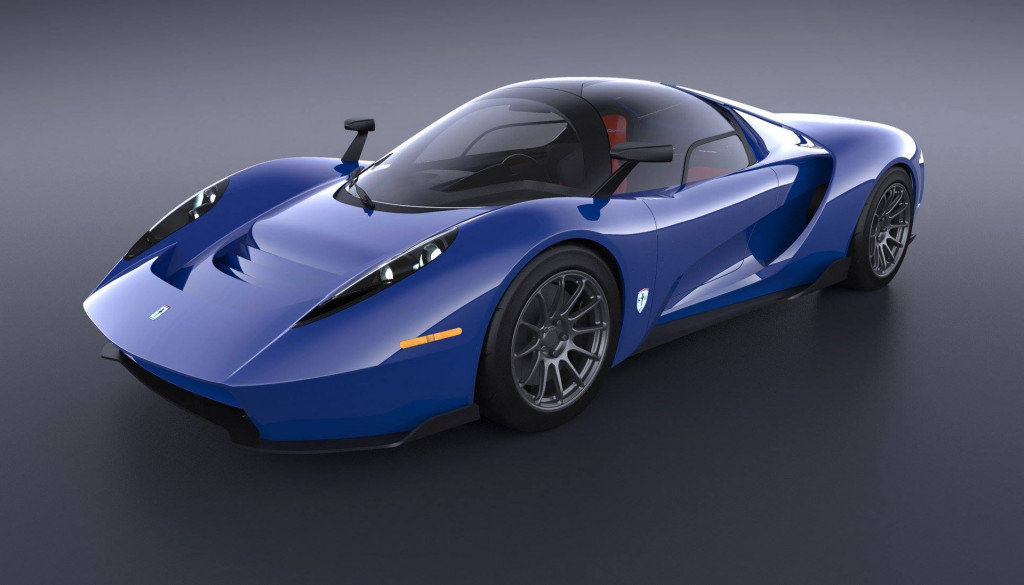
Scuderia Cameron Glickenhaus SCG004S

Scuderia Cameron Glickenhaus SCG004S

Proposed site in Connecticut for Scuderia Cameron Glickenhaus' second vehicle plant
In anticipation of building its own race cars, one or two customer racing cars, and all the other models of road, racing, and off-road machinery the company has announced, SCG took over the former Highcroft Racing facility in Danbury, Connecticut, which it is building into a factory capable of turning out 15 cars a week of SCG’s various models.
The factory is scheduled to open in 2019, and it will need to as the company plans to begin deliveries of the Baja Boot, 2019 003S, and 2020 004S.
Given the popularity of utility vehicles with passenger-carrying capacity, SCG will also develop a four-door version of the Boot for drivers who want to bring three friends along for the punishment of hard-core off-roading.
In addition, the company is working with California to secure that state’s approval for SCG as a low-volume manufacturer (a designation that waives some crash testing requirements), so Glickenhaus cars will be available in all 50 states.
So, for the next couple of years, the scale of ambition (or delusion!) at Glickenhaus is growing rapidly. Soon, even the most hardened skeptics will either be proven correct or be forced to concede the company’s ability to both design amazing cars as well as to navigate the regulatory hurdles of both highway and racing organizations.
